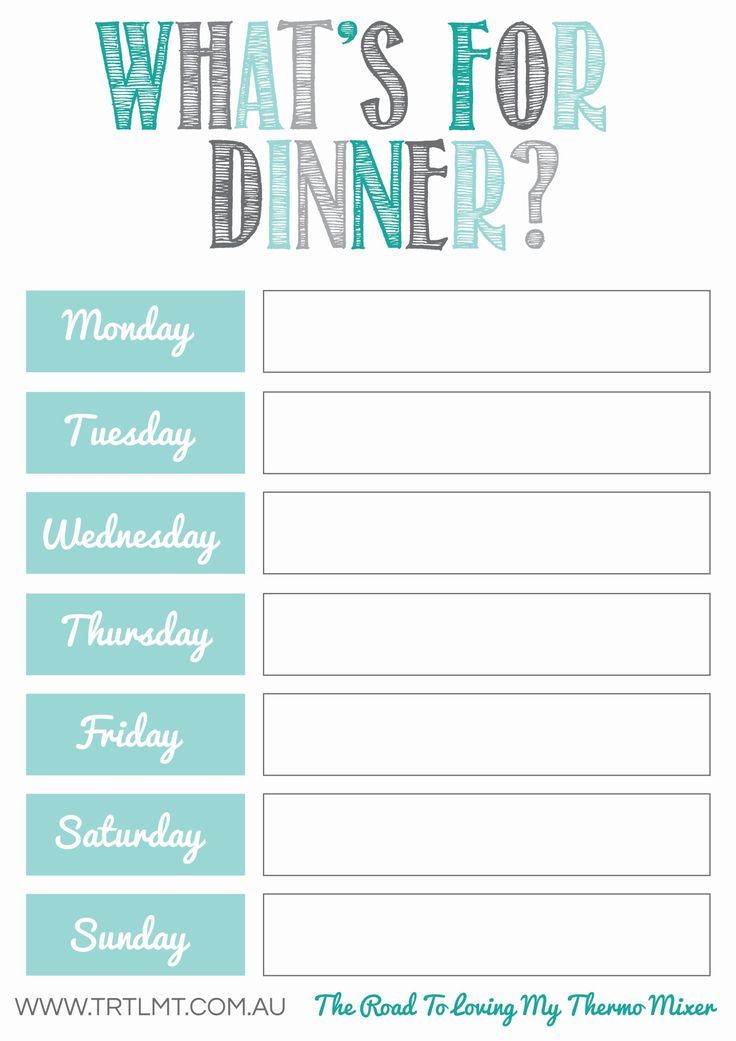Are you tired of scrambling for dinner ideas every night? Do you find yourself eating out more often than you’d like because you don’t have a plan in place? Creating a weekly dinner schedule can help you simplify your meal planning and take the stress out of deciding what to cook each night.
In this article, we’ll explore the benefits of a weekly dinner schedule and provide you with practical tips on how to create one that works for you and your family.
Why Should You Create a Weekly Dinner Schedule?
1. Save Time: By planning your meals, you can save time during the week. You won’t have to spend precious minutes each day deciding what to cook or running to the grocery store for last-minute ingredients.
2. Save Money: With a weekly dinner schedule, you can make a shopping list based on the meals you plan to cook. This helps you avoid impulse purchases and reduces food waste, ultimately saving you money.
3. Eat Healthier: When you plan your meals ahead of time, you have more control over what you eat. You can incorporate a variety of nutritious ingredients and ensure that your family is getting a balanced diet.
4. Reduce Stress: The daily decision of what to cook for dinner can be overwhelming. By creating a weekly dinner schedule, you eliminate the stress of last-minute meal planning and ensure that you always have a plan in place.
How to Create a Weekly Dinner Schedule
1. Start by taking inventory of your pantry, refrigerator, and freezer. Take note of any ingredients you already have on hand, as this will help you come up with meal ideas.
2. Consider your family’s preferences and dietary restrictions. Take into account any allergies, dislikes, or special diets when planning your meals.
3. Plan your meals for the week. Start by deciding on a main protein source for each day, such as chicken, fish, or vegetarian options. Then, choose complementary side dishes and vegetables.
4. Write down your meal plan for each day of the week. You can use a simple notebook, a meal-planning app, or a printable template. Make sure to include breakfast, lunch, and snacks if desired.
5. Create a shopping list based on your meal plan. Check your pantry and refrigerator again to ensure you have all the necessary ingredients. Add any missing items to your list.
6. Go grocery shopping once a week. Stick to your shopping list to avoid impulse purchases. Consider buying in bulk or taking advantage of sales to save money.
7. Prep ahead of time. If possible, chop vegetables or marinate proteins in advance to save time during the week. You can also cook larger batches of certain dishes and freeze them for future meals.
8. Stick to your schedule, but be flexible. Life happens and sometimes plans change. If you can’t stick to the exact meal plan for a particular day, try swapping it with another day or improvising with ingredients you have on hand.
Sample Weekly Dinner Schedule
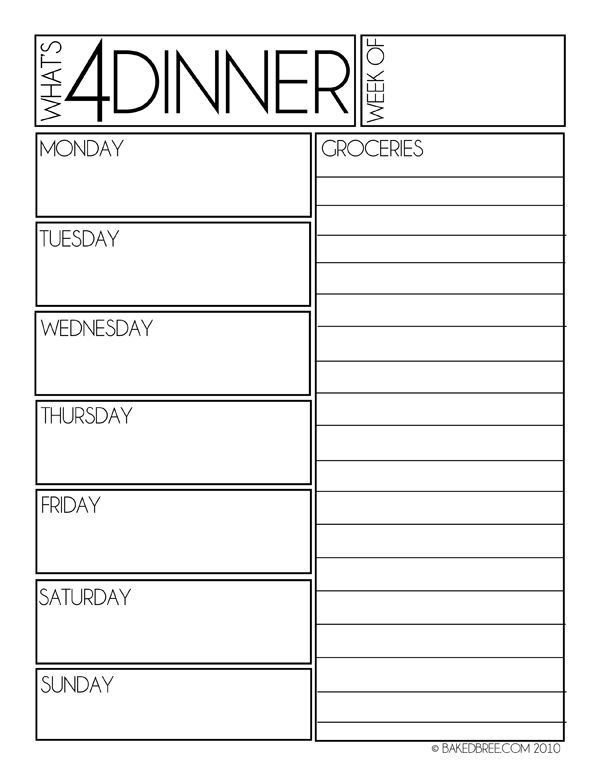
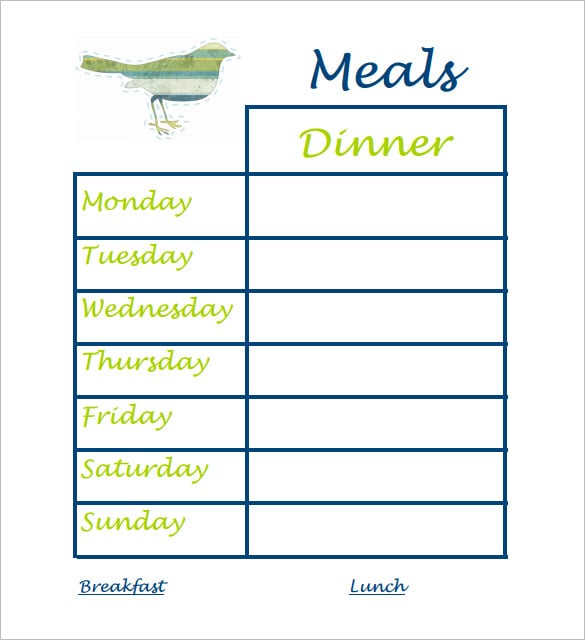
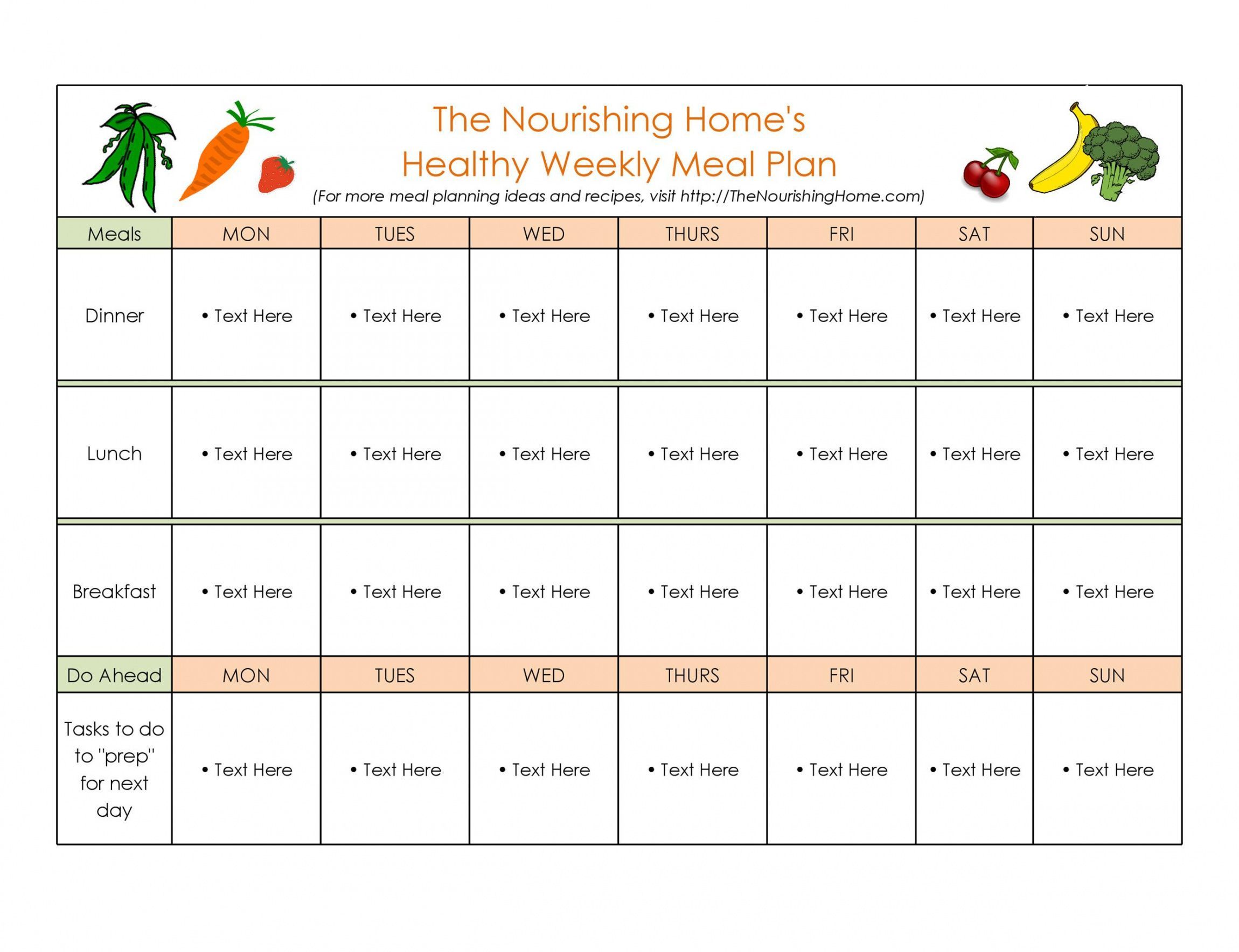
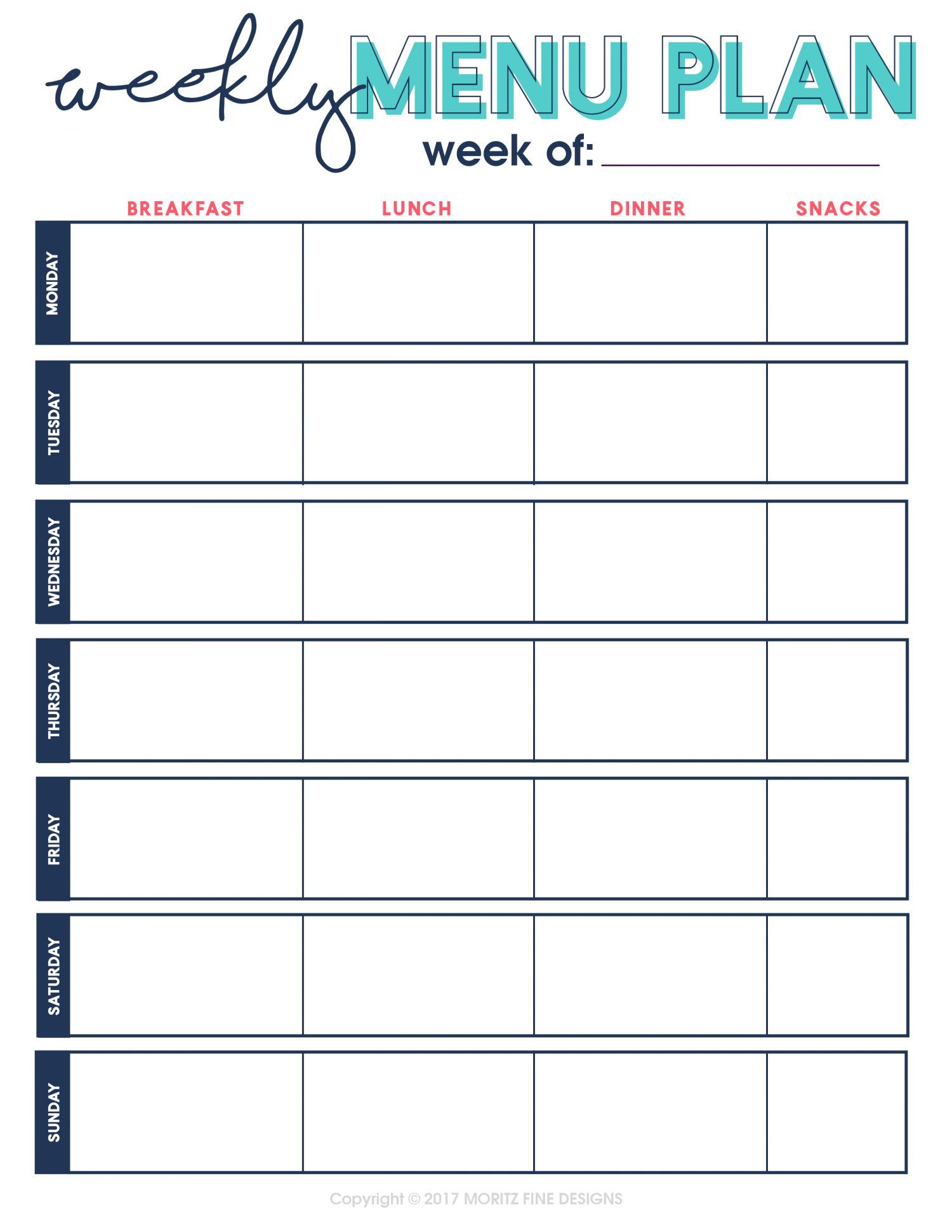
1. Monday: Taco Night
For an easy and crowd-pleasing dinner, make tacos! Prepare a variety of fillings such as seasoned ground beef, grilled chicken, or black beans for a vegetarian option. Serve with tortillas, shredded cheese, salsa, guacamole, and your favorite toppings.
2. Tuesday: Pasta Night
On pasta night, choose your favorite pasta shape and pair it with a flavorful sauce. You can make a classic marinara sauce or try something different like a creamy Alfredo or a pesto sauce. Serve with a side salad and garlic bread.
3. Wednesday: Stir-Fry Night
Stir-fries are quick and versatile. Choose your protein (chicken, beef, tofu) and a variety of vegetables. Cook everything in a hot pan with some soy sauce, garlic, and ginger. Serve over steamed rice or noodles.
4. Thursday: Soup Night
On chilly nights, a comforting bowl of soup is a perfect choice. Make a big batch of your favorite soup, such as chicken noodles, tomato, or vegetables. Serve with crusty bread or a side salad.
5. Friday: Pizza Night
Everyone loves pizza night! Make homemade pizza dough or use store-bought crusts. Let everyone choose their favorite toppings and enjoy a fun and customizable dinner. Serve with a side of salad or veggies.
6. Saturday: Grill Night
If the weather permits, fire up the grill and enjoy a delicious outdoor meal. Grill burgers, hot dogs, chicken, or vegetables. Serve with grilled corn on the cob, coleslaw, and your favorite barbecue sauce.
7. Sunday: Slow Cooker Night
Sundays are perfect for using your slow cooker. Prepare a hearty stew, chili, or roast. Let it cook all day and enjoy a comforting and flavorful meal in the evening. Serve with crusty bread or mashed potatoes.
Tips for a Successful Weekly Dinner Schedule
- Plan for leftovers: Make extra servings of certain dishes to have leftovers for lunch or dinner the next day.
- Get the family involved: Let everyone in the family contribute to the meal-planning process. This can help ensure that everyone’s preferences are taken into account.
- Try themed nights: Get creative and have themed nights like Mexican, Italian, or Asian cuisine. It adds variety to your meals and makes it fun for the whole family.
- Experiment with new recipes: Don’t be afraid to try new recipes and flavors. Use your weekly dinner schedule as an opportunity to expand your culinary horizons.
- Keep a well-stocked pantry: Having essential pantry staples on hand makes it easier to come up with meal ideas and reduces the need for last-minute grocery store runs.
- Rotate family favorites: Make sure to include your family’s favorite meals in your weekly dinner schedule. It keeps everyone happy and satisfied.
Conclusion
A weekly dinner schedule is a game-changer when it comes to simplifying your meal planning. By taking the time to plan your meals, you can save time, and money, and reduce stress. Start by creating a meal plan for the week, make a shopping list, and prep ahead of time. Stick to your schedule but be flexible when needed. With a little bit of planning, you can enjoy delicious and stress-free dinners every night of the week.
Weekly Dinner Schedule Template Word – Download
